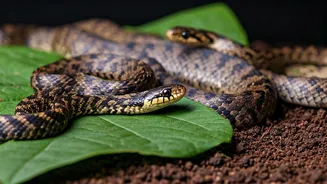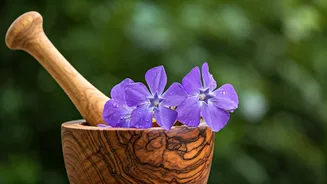Welcome To Reptile Life
Snakes, a fascinating yet often misunderstood group of reptiles, are a natural part of the Indian ecosystem. Many snake species call our gardens home,
playing a vital role in controlling pests and maintaining ecological balance. Understanding the snakes in your backyard is essential for coexisting peacefully. This introduction will guide you through the exciting world of these creatures, teaching you how to identify common garden snakes and promote safety.
Identifying Garden Snakes
Identifying snakes can be tricky, but knowing some key characteristics can make it easier. Focus on the shape of the head, the patterns on the scales, and the overall size and shape of the snake. The color and pattern are crucial for identification: look closely at the shape and size of the head, as well as the patterns on their bodies. Some snakes have distinct markings or bands, while others have more subtle patterns. Paying attention to these details can help you distinguish between different species. Consider the snake's behavior as well. Some snakes are more active during the day, while others are nocturnal.
The Indian Cobra
The Indian Cobra (Naja naja) is perhaps one of the most recognizable snakes in India. It is identified by its hood, which it expands when threatened. Their color can vary from yellowish to brownish, with a distinct 'spectacle' mark on the hood. They are venomous and a bite requires immediate medical attention. Though potentially dangerous, they play a vital role in controlling rodent populations. Cobras are usually found in various habitats, including gardens. These snakes are often shy and avoid confrontation, but they will defend themselves if they feel threatened. Always maintain a safe distance and never attempt to handle a cobra.
The Russell's Viper
The Russell's Viper (Daboia russelii) is another venomous snake, easily identified by its brown or yellowish body with three rows of dark brown spots. These snakes are known for their aggressive nature and potent venom. They are found in a range of habitats, including gardens, and are a significant cause of snakebite incidents in India. Its large size and thick body distinguish it. Russell's Vipers are nocturnal and are often found hunting rodents. When encountered, it is best to stay still and avoid sudden movements, allowing it to move away safely.
Common Krait: Stealthy Hunter
The Common Krait (Bungarus caeruleus) is a highly venomous snake, often identified by its black or bluish-black body with narrow white or yellowish crossbands. They are nocturnal hunters, feeding mainly on other snakes. These snakes are found in a variety of habitats, including gardens. Due to their nocturnal habits, they may not be easily seen. Kraits are known for their potent venom and are among the most dangerous snakes in India. If you come across a krait, stay calm and keep a safe distance; do not try to catch or handle it. Seek medical attention immediately if bitten.
The Saw-Scaled Viper
The Saw-Scaled Viper (Echis carinatus) is a small but highly venomous snake characterized by its rough, keeled scales and a distinct saw-like sound it makes by rubbing its scales. This snake is found in drier regions and can be a significant threat. They are usually active at night. Their small size makes them hard to spot. Saw-scaled vipers are responsible for numerous snakebite fatalities, therefore, it's essential to exercise caution. When you spot one, keep a safe distance and do not approach or disturb it. Prompt medical care is crucial if bitten.
Checkered Keelback
The Checkered Keelback (Fowlea piscator) is a non-venomous snake that is commonly found near water sources. These snakes have a checkered pattern on their bodies and are frequently found in gardens that have access to a pond or a similar water source. They are skilled swimmers and primarily eat fish and amphibians. They are usually harmless to humans. Identifying this snake is generally straightforward because of their checkered pattern. This harmless snake will usually attempt to flee. Always observe it from a distance.
The Rat Snake
The Rat Snake (Ptyas mucosa), or Dhaman, is a large, non-venomous snake. It is often found in gardens, preying on rats and other rodents. These snakes are generally brown or olive in color. These snakes can grow to be quite long and are frequently seen in agricultural regions and gardens. Rat snakes play a significant role in controlling the rodent population. While they can be defensive if cornered, they are not venomous and generally pose no threat to humans. If you encounter one, it is best to give it space and let it go its own way.
Safety First
To stay safe around snakes, always be cautious. Wear appropriate footwear when gardening, especially in areas with tall grass or dense vegetation. Keep your garden tidy by removing piles of wood, stones, and debris. Never attempt to handle a snake unless you are trained to do so. Educate children about snake safety and teach them to recognize the warning signs of a snake encounter. If you find a snake in your home, contact a local snake rescuer or wildlife expert to safely remove it. Remember, snakes are a crucial part of the ecosystem, and with knowledge and awareness, we can coexist safely.














